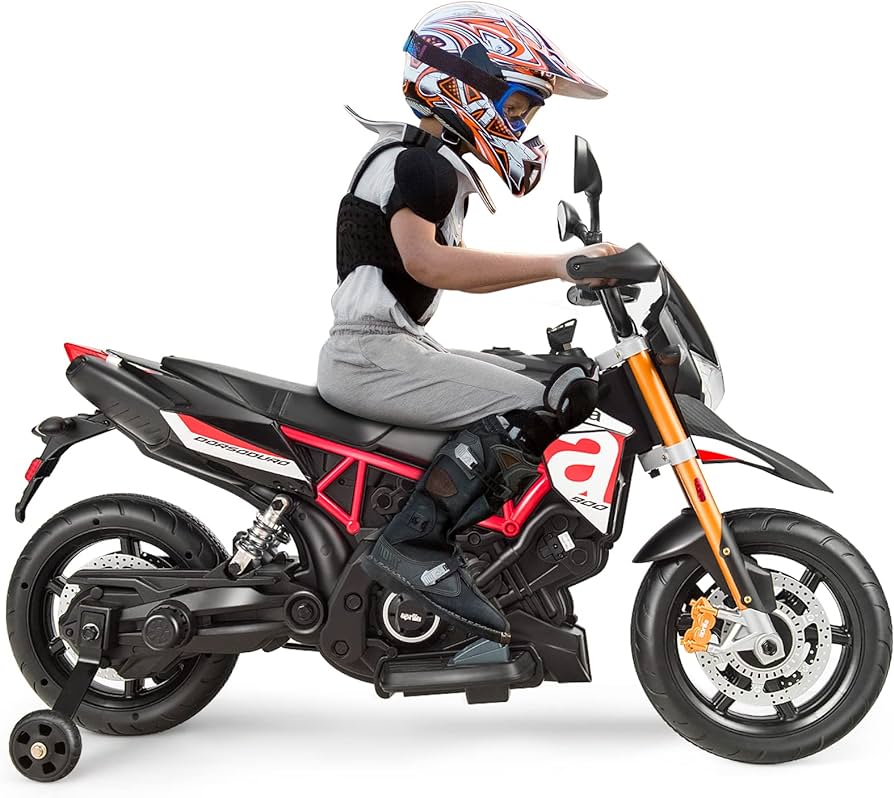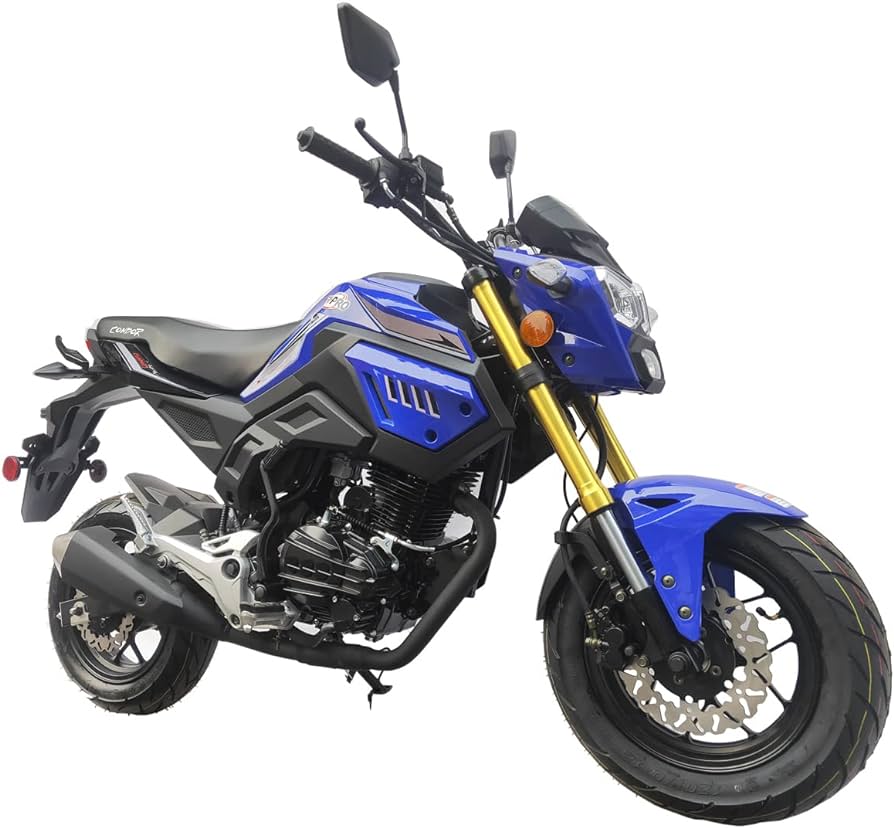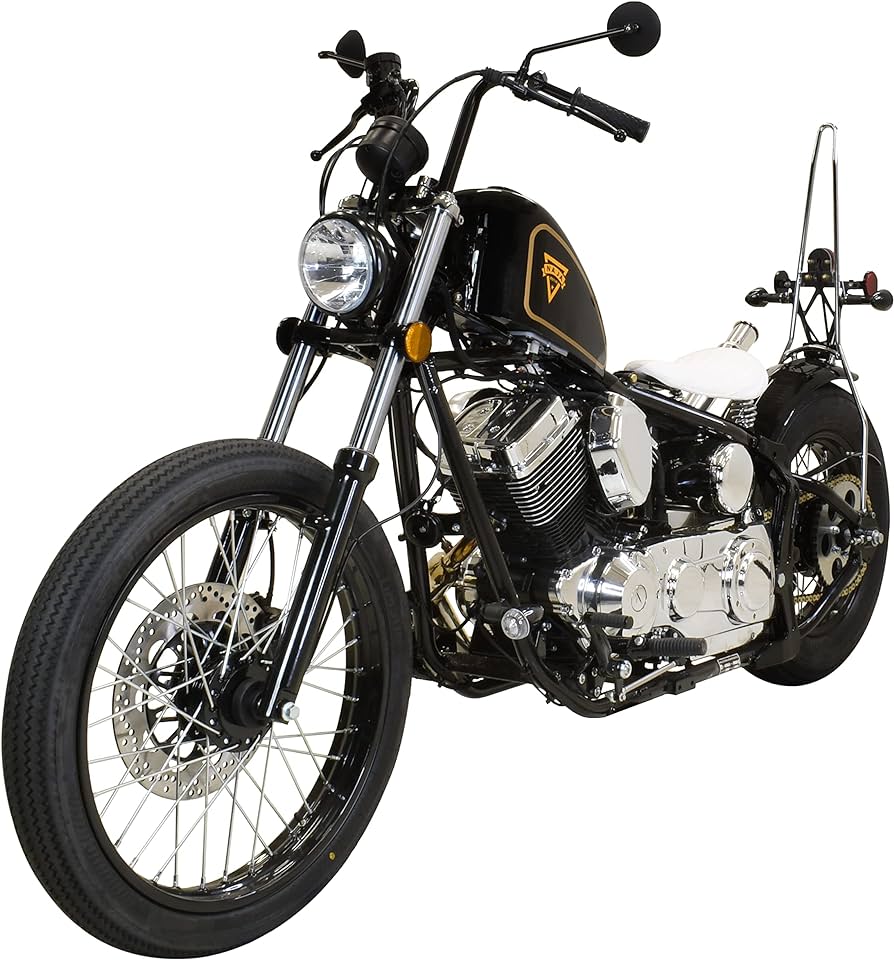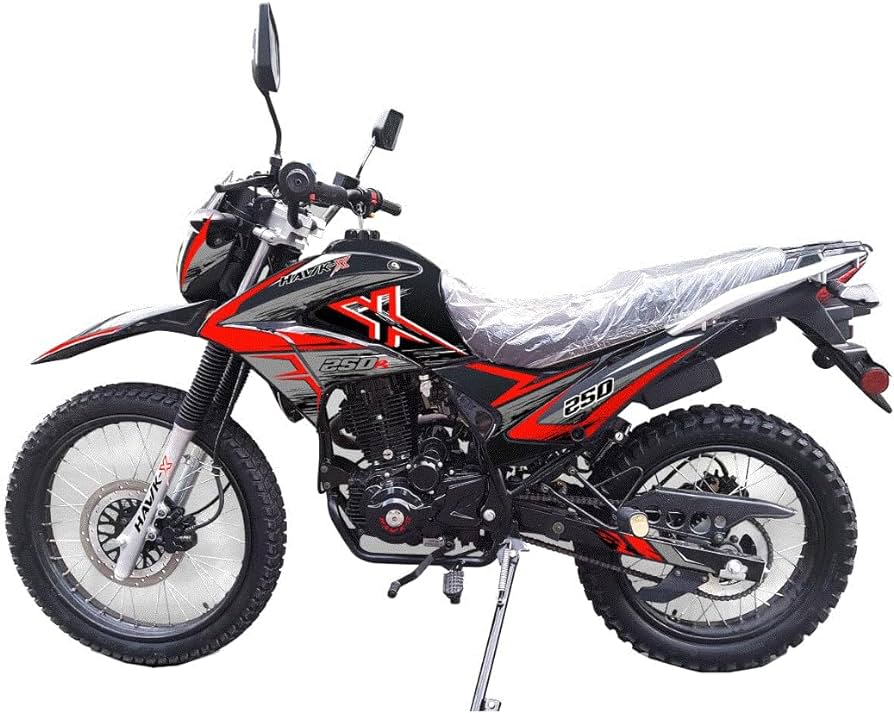Introduction:
Riding a motorcycle offers a sense of freedom and adventure that few other forms of transportation can match. However, this thrill comes with significant risks. Motorcyclists are often vulnerable on the road, leading to higher rates of accidents and injuries compared to other motorists. What percentage of motorcycle riders get into accidents, and what factors contribute to these incidents? Dive into the data and insights to understand these crucial aspects, aiming to raise awareness and promote safer riding practices.

What Percentage of Motorcycle Riders Get in Accidents?
Understanding the Statistics
Current Statistics on Motorcycle Accidents
Motorcycle accidents are unfortunately common, and the statistics highlight the inherent risks of riding. According to the National Highway Traffic Safety Administration (NHTSA), motorcyclists accounted for 14% of all traffic fatalities in the U.S. in recent years, despite representing only 3% of all registered vehicles. Such a disproportionate ratio underscores the increased vulnerability of motorcycle riders.
Additionally, the NHTSA reports that motorcyclists are 27 times more likely than passenger car occupants to die in a crash per vehicle mile traveled. This alarming statistic is compounded by the fact that motorcyclists are 5 times more likely to be injured. These figures indicate a substantial risk for those who choose two wheels over four.
Factors Contributing to Higher Accident Rates
Several factors contribute to the higher accident rates among motorcycle riders. Understanding these can aid in developing better safety strategies and policies.
Lack of Protection
Unlike cars, motorcycles offer little to no physical protection to their riders. In the event of a collision, motorcyclists have no seatbelts, airbags, or enclosed structures to cushion the impact. This lack of protection significantly increases the likelihood of serious injuries or fatalities.
 Visibility Issues
Visibility Issues
Motorcycles are smaller and less visible than cars, often leading to other motorists overlooking them. Many car-motorcycle collisions occur because the driver failed to see the motorcycle. Poor weather conditions, blind spots, and nighttime riding exacerbate this issue, making motorcyclists even harder to spot on the road.
Speed and Maneuverability
While motorcycles offer greater maneuverability and can accelerate quickly, these advantages can also be disadvantages. High speeds can make it harder for motorcyclists to react to sudden changes in traffic conditions or obstacles. The temptation to weave through traffic and take risks can lead to dangerous situations and increase the likelihood of accidents.
Experience Level
Experience plays a critical role in motorcycle safety. Inexperienced riders are more prone to making errors in judgment and handling. According to the NHTSA, riders without proper training and licensing are more likely to be involved in accidents. New motorcyclists might not yet have the skills to navigate complex traffic situations safely.
Alcohol and Drug Use
Impaired riding is a significant factor in motorcycle accidents. The NHTSA notes that motorcyclists involved in fatal crashes have a higher percentage of alcohol impairment than drivers of other vehicles. Riding under the influence of drugs or alcohol impacts coordination, reaction time, and decision-making, leading to a higher chance of accidents.
 Safety Measures and Their Impact
Safety Measures and Their Impact
Implementing and adhering to safety measures can drastically reduce the risk of motorcycle accidents. Protective gear, training programs, and responsible riding practices contribute significantly to rider safety.
Helmet Use
Wearing a helmet is one of the most effective safety measures a motorcyclist can take. According to the Centers for Disease Control and Prevention (CDC), helmets reduce the risk of head injury by 69% and the risk of death by 37%. Despite these benefits, helmet usage rates vary across regions due to differing helmet laws and attitudes.
Protective Clothing
In addition to helmets, wearing appropriate protective clothing can minimize injuries. Gear such as jackets, gloves, pants, and boots made from durable materials can protect the skin and mitigate the severity of injuries during a crash. Reflective clothing also increases visibility, helping other motorists notice the rider.
Rider Training Programs
Motorcycle safety courses provide essential skills and knowledge that can help riders navigate roads safely. These programs cover everything from basic handling and control to advanced evasive maneuvers and hazard recognition. Studies have shown that riders who complete formal training programs are less likely to be involved in accidents.
Defensive Riding
Adopting defensive riding techniques is crucial for minimizing accident risks. Riders should stay alert, maintain safe following distances, and anticipate the actions of other motorists. Defensive riding also involves avoiding blind spots, signaling intentions clearly, and slowing down in hazardous conditions.
 Public Awareness and Advocacy
Public Awareness and Advocacy
Raising public awareness about motorcycle safety can create a safer environment for all road users. Advocacy groups, governmental organizations, and the media play vital roles in promoting motorcycle safety through campaigns, educational programs, and policy changes.
Legislation and Enforcement
Laws mandating helmet use, licensing requirements, and stringent DUI enforcement can significantly impact motorcycle safety. States with comprehensive helmet laws and stringent enforcement of traffic regulations report lower rates of motorcycle fatalities and injuries.
Community Initiatives
Local community initiatives can also promote safer riding practices. Organizing motorcycle safety workshops, awareness rides, and community engagement programs helps build a culture of safety. These initiatives encourage responsible riding habits and foster mutual respect among all road users.
The Role of Technology
Advancements in technology offer new tools for enhancing motorcycle safety. From developments in motorcycle design to innovative safety features, technology can help reduce accidents and improve outcomes.
Advanced Safety Features
Modern motorcycles come equipped with advanced safety features such as anti-lock braking systems (ABS), traction control, and stability control. These technologies assist riders in maintaining control during emergency maneuvers and challenging road conditions, reducing the likelihood of accidents.
Connectivity and Alerts
Some motorcycles now incorporate connectivity features that provide real-time traffic updates, weather alerts, and hazard warnings. Head-up displays and smart helmets with built-in communication systems enhance situational awareness, helping riders make informed decisions on the road.
Emergency Response
Innovations like eCall systems, which automatically notify emergency services in the event of a crash, can significantly reduce response times and improve survival rates. These systems provide GPS coordinates and crash details, enabling faster and more effective medical intervention.
 Insurance and Financial Considerations
Insurance and Financial Considerations
Insurance providers consider the higher risk associated with motorcycle riding when determining premiums. Understanding the factors influencing insurance costs and available coverage options is essential for riders.
Premium Determinants
Insurance premiums for motorcyclists are influenced by factors such as age, riding experience, type of motorcycle, and past driving record. Defensive driving courses and advanced riding certifications can help reduce insurance costs by demonstrating a commitment to safe riding practices.
Coverage Options
Motorcycle insurance policies typically include coverage for liability, collision, comprehensive, and medical expenses. Riders should carefully review their policies to ensure adequate coverage for potential accidents and associated costs. Optional coverage for accessories and custom parts may also be available.
Final Thoughts:
Enhancing Motorcycle Safety
The statistics and factors surrounding motorcycle accidents highlight the need for increased awareness and proactive measures. By understanding the risks and implementing safety practices, riders can significantly reduce their chances of being involved in accidents.
Promoting safety through education, advocacy, and technological advancements can create a safer environment for all road users. Motorcyclists, policymakers, and the general public must work together to foster a culture of safety, ensuring that the joy of riding a motorcycle isn’t overshadowed by unnecessary risks.
As you hit the road on two wheels, remember that responsible riding, proper gear, and ongoing education are key components of staying safe. Embrace the thrill of the ride while prioritizing your well-being, and contribute to a safer and more aware motoring community.

